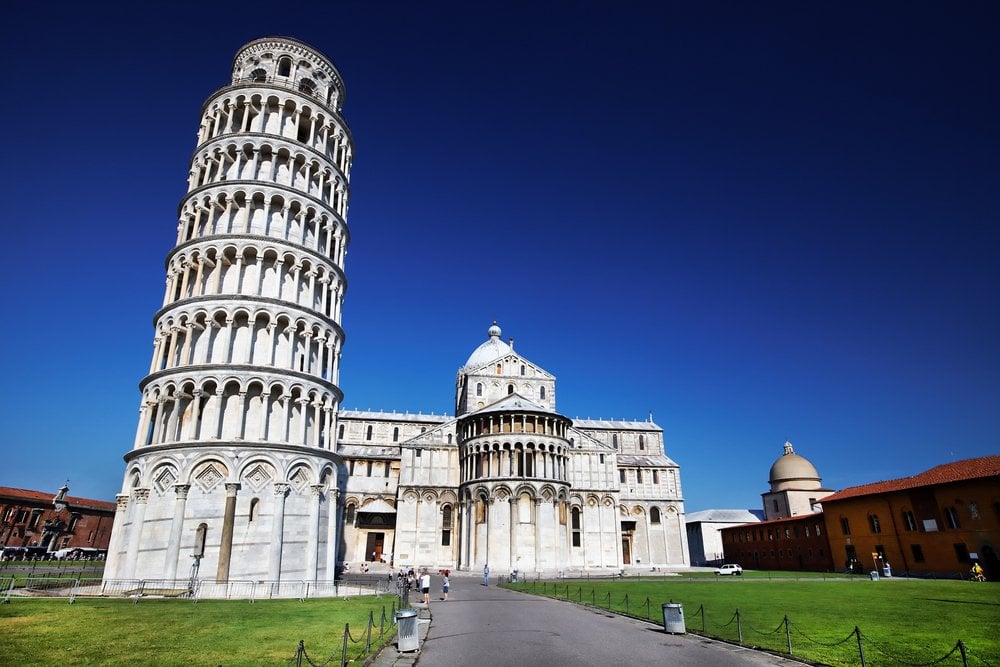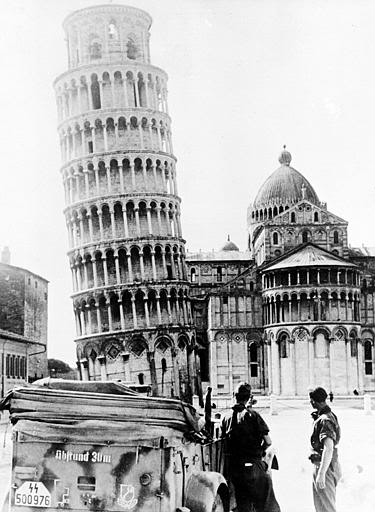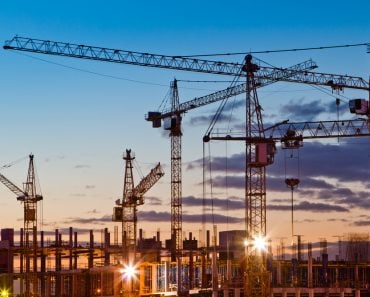Table of Contents (click to expand)
The Leaning Tower of Pisa has its famous tilt because, during its construction, its foundation was only 3 meters deep. This shallow foundation rested on a dense clay mixture of soil, which ultimately proved unable to support the immense weight of the tower.
The Leaning Tower of Pisa is recognized as one of the remarkable wonders of the medieval period. As its name suggests… it leans! Interestingly, the architects behind this unique, tilted structure never planned for it to lean. Their original goal was simply to build a straightforward bell tower. However, they had no idea that their seemingly simple project would eventually become a marvel that captivates people worldwide.

Construction of the Leaning Tower of Pisa started on August 9, 1173. For the first five years, the tower remained straight. However, after the third floor was completed in 1178, the entire structure began to tilt!
Recommended Video for you:
The Beginning Of The Tilt
Tall and heavy buildings rely heavily on their foundations. In the case of this tower, the foundation was merely 3 meters deep and was set on a dense clay soil mixture. This type of soil proved incapable of supporting the massive weight of the tower, resulting in its distinctive lean.
Upon noticing the tilt, construction was halted for a century to allow the soil beneath the structure to settle. Additionally, due to an ongoing war with Genoa, the authorities directed their focus elsewhere.
Start And Stop Of Construction
In 1272, Giovanni di Simone resumed construction and added four more floors. To counteract the tilt, he made one side of the upper floors taller than the other. However, this adjustment ended up exacerbating the lean even further.
Construction was halted again in 1284 because of the Battle of Meloria. By 1319, the seventh floor was completed, and a bell chamber was added in 1372. Additionally, a pathway was excavated near the tower’s base, which further increased the leaning. The tower was subsequently left untouched until the 19th century.

During World War II, the tower narrowly escaped destruction by American troops, who had orders to demolish any structures that could provide cover for German snipers. Fortunately, the generals chose to spare the tower, leaving it unharmed. (Source)
The Resurrection
In 1964, Italy sought assistance to stop the tower from collapsing, but they wished to preserve its famous tilt that drew tourists’ interest. As a temporary solution, an 800-ton lead counterweight was added.

In 1990, the Leaning Tower was closed to the public. The bells were taken down, and the tower was anchored to provide additional support.
The tower was reopened to the public in 2001 and currently has a tilt of 3.99 degrees. Despite its notable lean, the tower continues to stand tall.













